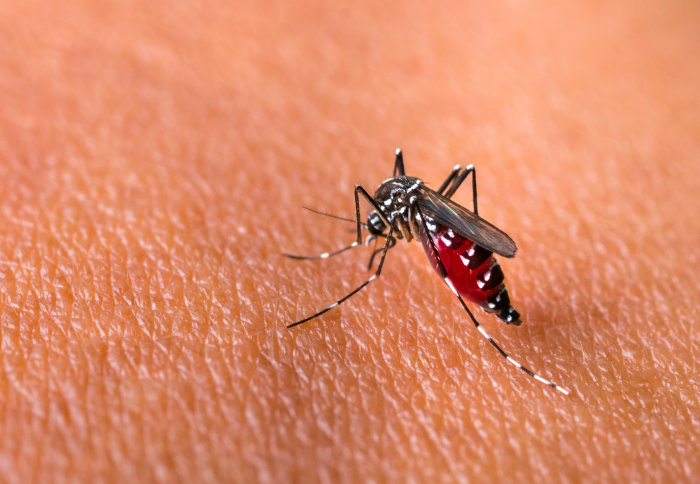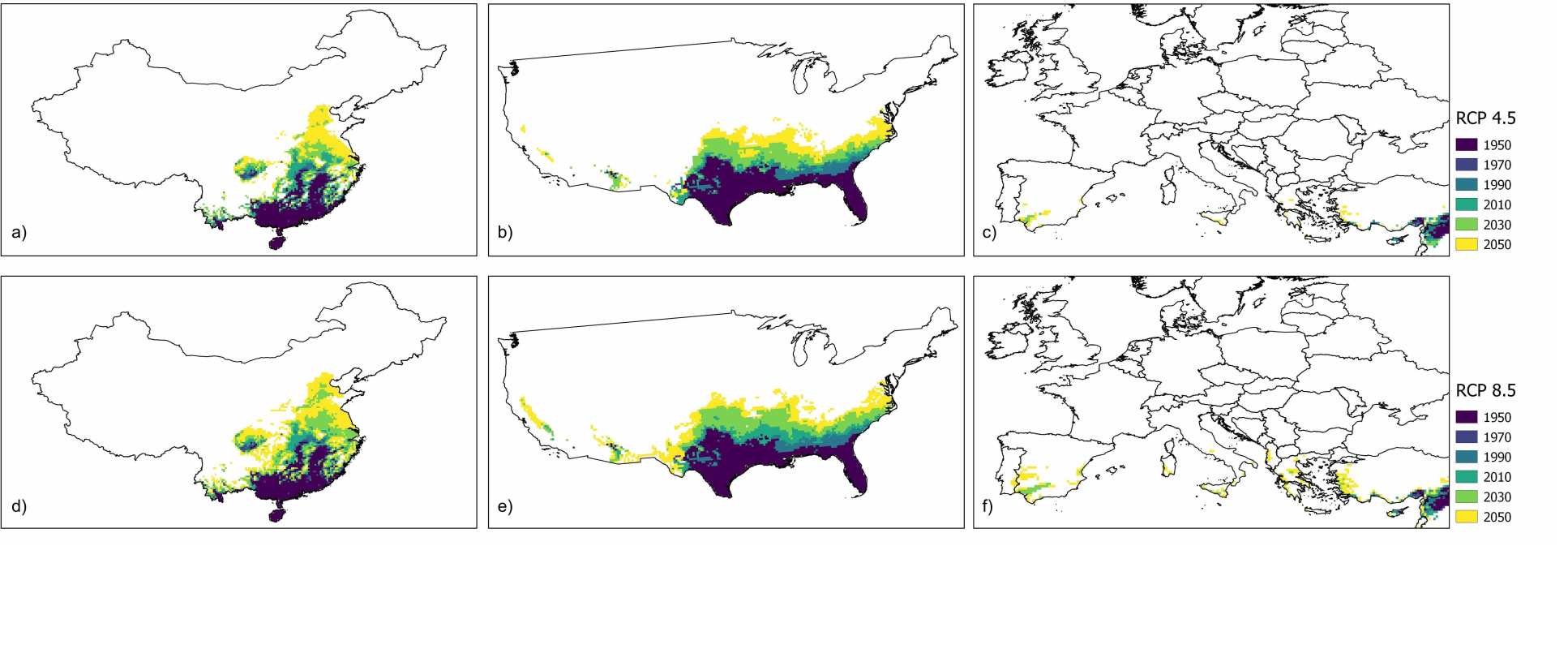Disease-carrying mosquitoes could be common in Europe by 2030

Climate change could mean mosquitoes that can carry diseases like dengue, zika and yellow fever become established in southern Europe within 10 years.
Rising temperatures and changing rainfall patterns are increasing the number of areas Aedes aegypti mosquitoes can live in, potentially spreading diseases to new places.
This work helps reveal the potential long-term costs of failing to curb greenhouse gas emissions right now. Dr Kris Murray
Modelling from Imperial College London and Tel Aviv University predicts the mosquitoes will accelerate their invasion of parts of China, North America and European countries including Spain, Portugal, Greece and Turkey in the coming decades. The results are published in Nature Communications.
Dr Kris Murray, from the MRC Centre for Global Infectious Disease Analysis in the School of Public Health and the Grantham Institute – Climate Change and Environment at Imperial, said: “This work helps reveal the potential long-term costs of failing to curb greenhouse gas emissions right now.
“Our results show that this species of mosquito has very likely already benefitted from recent climate change across much of the world. But this increase in suitability is now also starting to accelerate. We predict that significant emissions cuts can help slow it down.”
Expanding ranges
Many insect-borne diseases, including dengue, zika, yellow fever and chikungunya, are expanding their ranges, causing widespread and repeated outbreaks. The main carrier of these diseases is the Aedes aegypti mosquito.
The team looked at lab studies of the effect of temperature on different A. aegypti life stages – egg, larvae, pupae, adult. They then linked these together using a ‘phenology model’ to work out how many times the mosquito can complete its full life cycle given prevailing weather conditions.
By feeding the model with data of the world’s temperature and rainfall from 1950-2050, they could then assess how fast A. aegypti should be able to grow in different locations under different conditions. The faster it can become an adult, the more generations of mosquito can be produced.
The projections out to 2050 were based on two greenhouse gas emissions scenarios – ‘business as usual’, where no action is taken to curb emissions, and a scenario in which significant emission cuts are made globally.
Alarming trends
The results suggest that between 1950-2000, the world became 1.5% per decade ‘more suitable’ for A. aegypti. Future predictions show this could increase to 3.2% per decade for the emissions-control scenario and 4.4% per decade for the business as usual scenario by 2050.
Under the business as usual scenario, invasion frontiers of A. aegypti in China and the USA will advance by around six kilometres per year by 2050, representing a 3.5 times faster advance than historical figures. In Europe, the advancement means parts of Spain, Portugal, Greece and Turkey are predicted to experience sustained suitability for A. aegypti by 2030.

Future climate change could also cause higher peaks of insect growth and longer growing seasons, leading to a greater density of mosquitoes that stay around for longer in the year. This not only means new areas will be invaded, but that those areas where the insects are already endemic may experience greater exposure to disease-carrying mosquitoes.
Lead author Dr Takuya Iwamura from Tel Aviv University said: “By translating biological knowledge from the laboratory into maps of environmental suitability through time, we think our approach can provide locally specific and policy-relevant insights for mosquito and possibly disease management under a changing climate.”
-
‘Accelerating invasion potential of disease vector Aedes aegypti under climate change’ by Takuya Iwamura, Adriana Guzman-Holst and Kris A. Murray is published in Nature Communications.
Article text (excluding photos or graphics) © Imperial College London.
Photos and graphics subject to third party copyright used with permission or © Imperial College London.
Reporter
Hayley Dunning
Communications Division